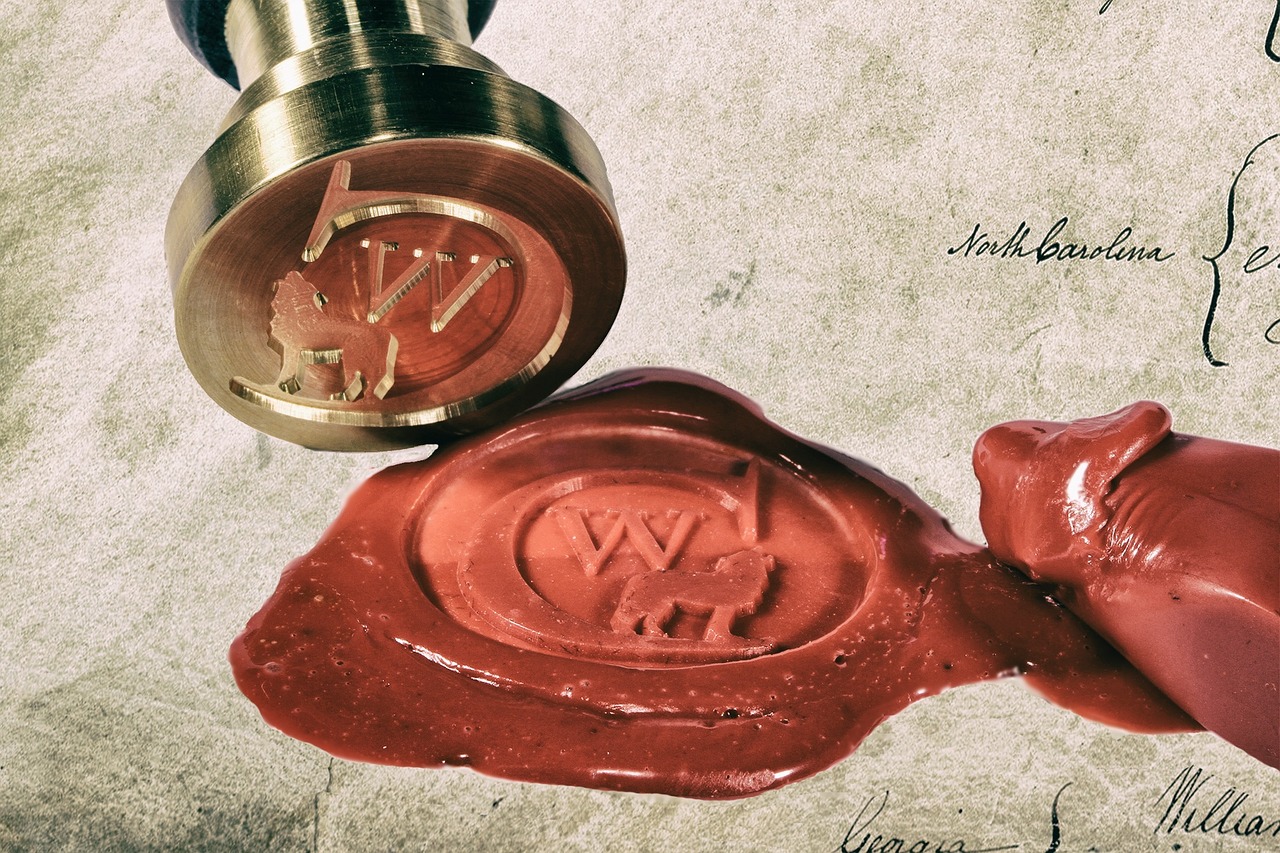
Why Focus on Early Adopters?
Some time ago I wrote about Innovation Diffusion. A new offer enters the market through early adopters and from there diffuses into the wider population.
The Rogers Curve
The shape of the Rogers Curve is the normal curve. To understand diffusing new ideas or products into the population, you can divide it into three parts (or more). The left hand side starts with a small percentage of people who are early adopters, they thrive on innovation.
The mirror image on the other side are the laggards who adopt late or possibly never. The approximately 93% in the middle buy only what is tried and tested.
The temptation is to market to the middle but they are hard to reach because they are committed to their current suppliers.
Early adopters for your product, service or cause are a unique group of people. If you sell a new software product, you attract a group of people whose tastes in food are mainstream despite their interest in your software. You seek the enthusiasts for whatever you sell.
Why? Because there is a chasm between early adopters and the rest. To cross over to the mainstream is difficult, unless the mainstream get a message from early adopters that it’s worth a try.
How to Find Your Early Adopters
- What do your early adopters want and what do they expect from you?
- Where can you find them, in-person or online?
- How do they differ from the early mainstream?
Crossing the Chasm
If you do cross the chasm, bear in mind you must be prepared. With early adopters you work with small numbers of customers. Many businesses fail when they find they cannot cope with hundreds or thousands of customers. Capacity is possibly your biggest issue at this stage of business development.
Also, expectations are very different. Your mainstream customers are less interested in innovation and strongly drawn to reliability.
So, do you want to cross the chasm? If the market overall is large, you may find your business thrives with the early adopters alone. This is especially true if your early adopters are wealthy enough to buy high-end products.
Plan your business development with the chasm in mind. You can be viable among early adopters or among the majority but your strategy depends on which you choose.
Following this twenty-ninth post to encourage coaches to reflect on relational marketing, take this opportunity to sign up below. You get a weekly round-up of my posts and a pdf about how to make sure you are charging what your business is worth.






